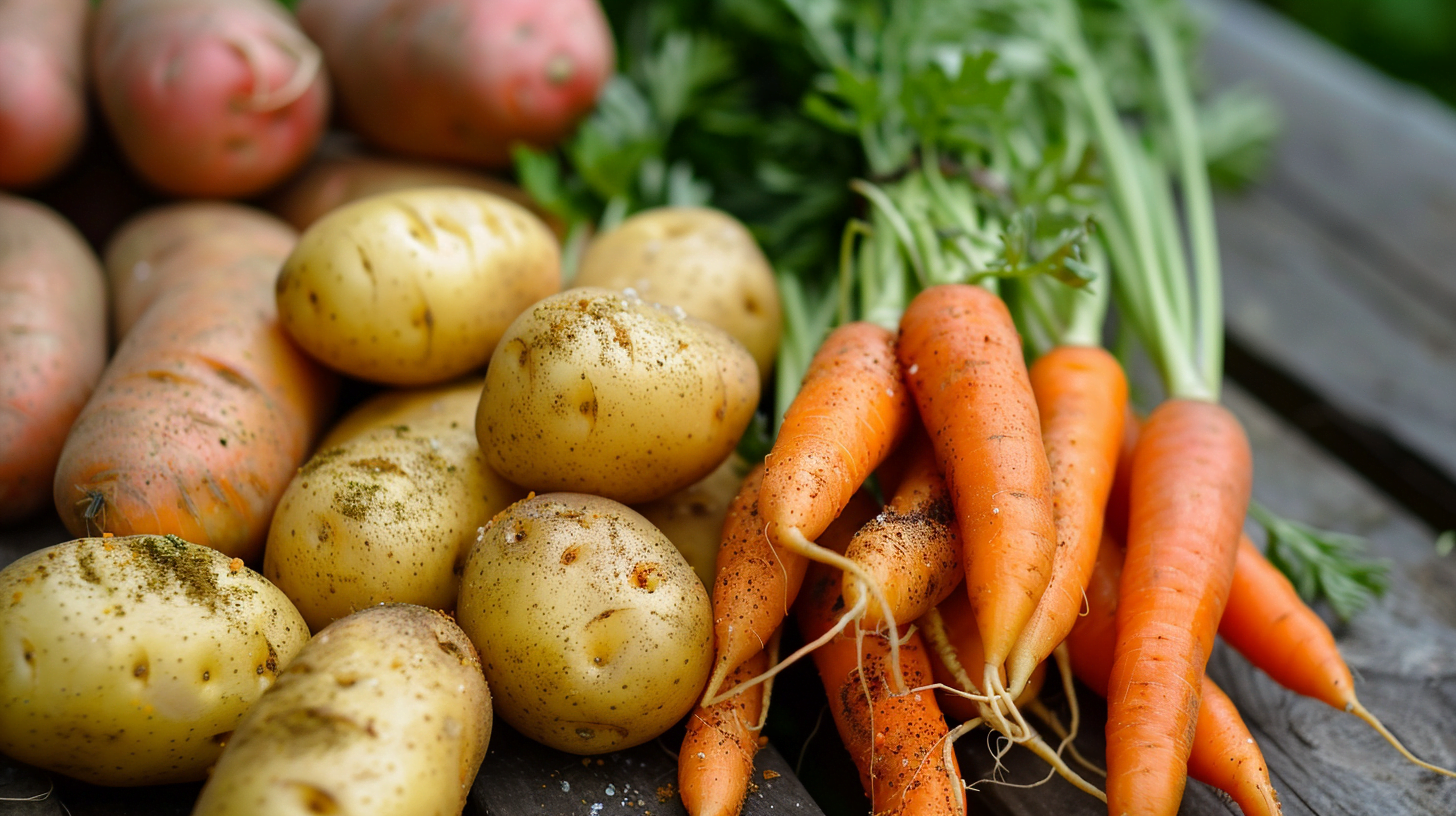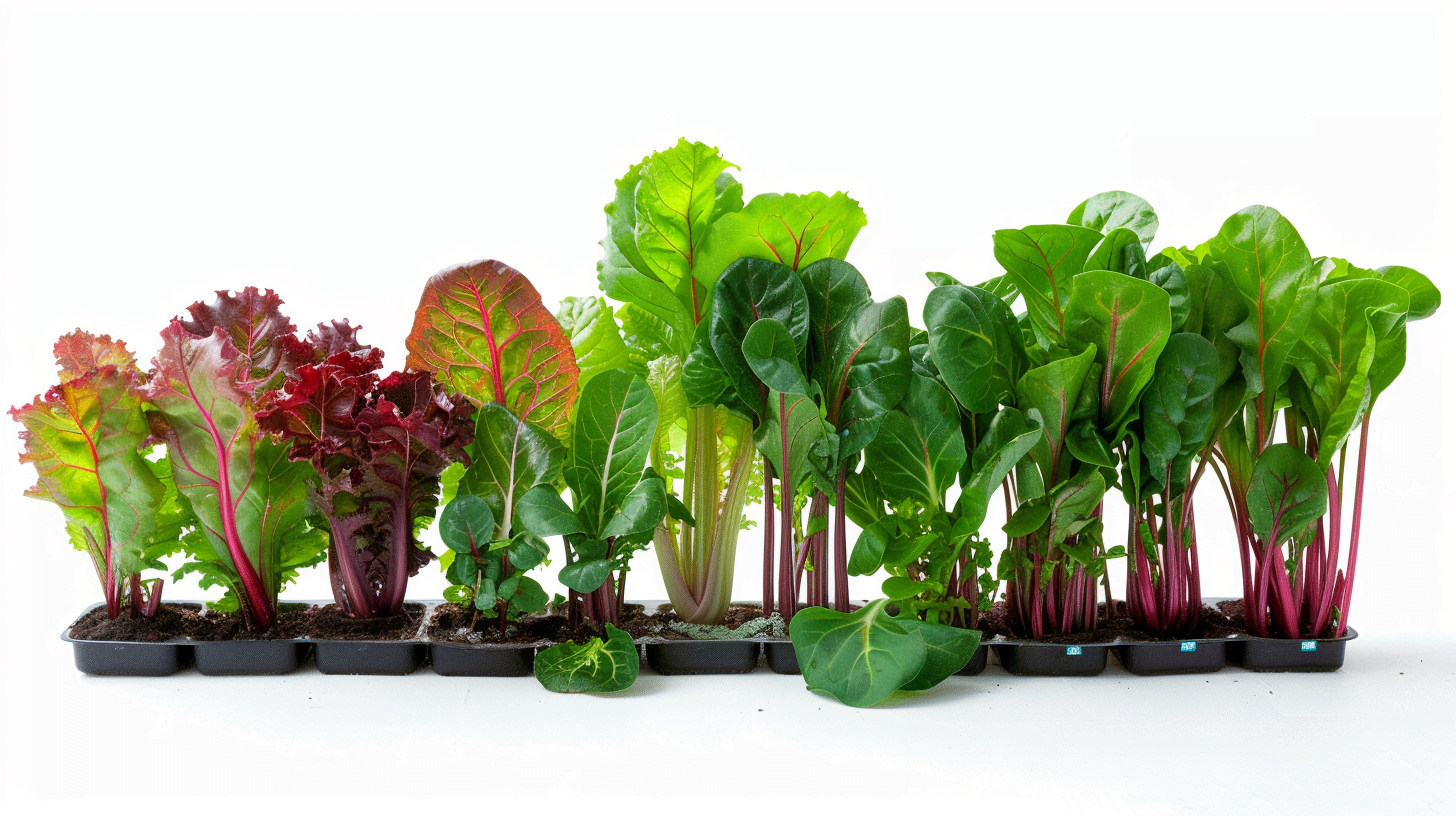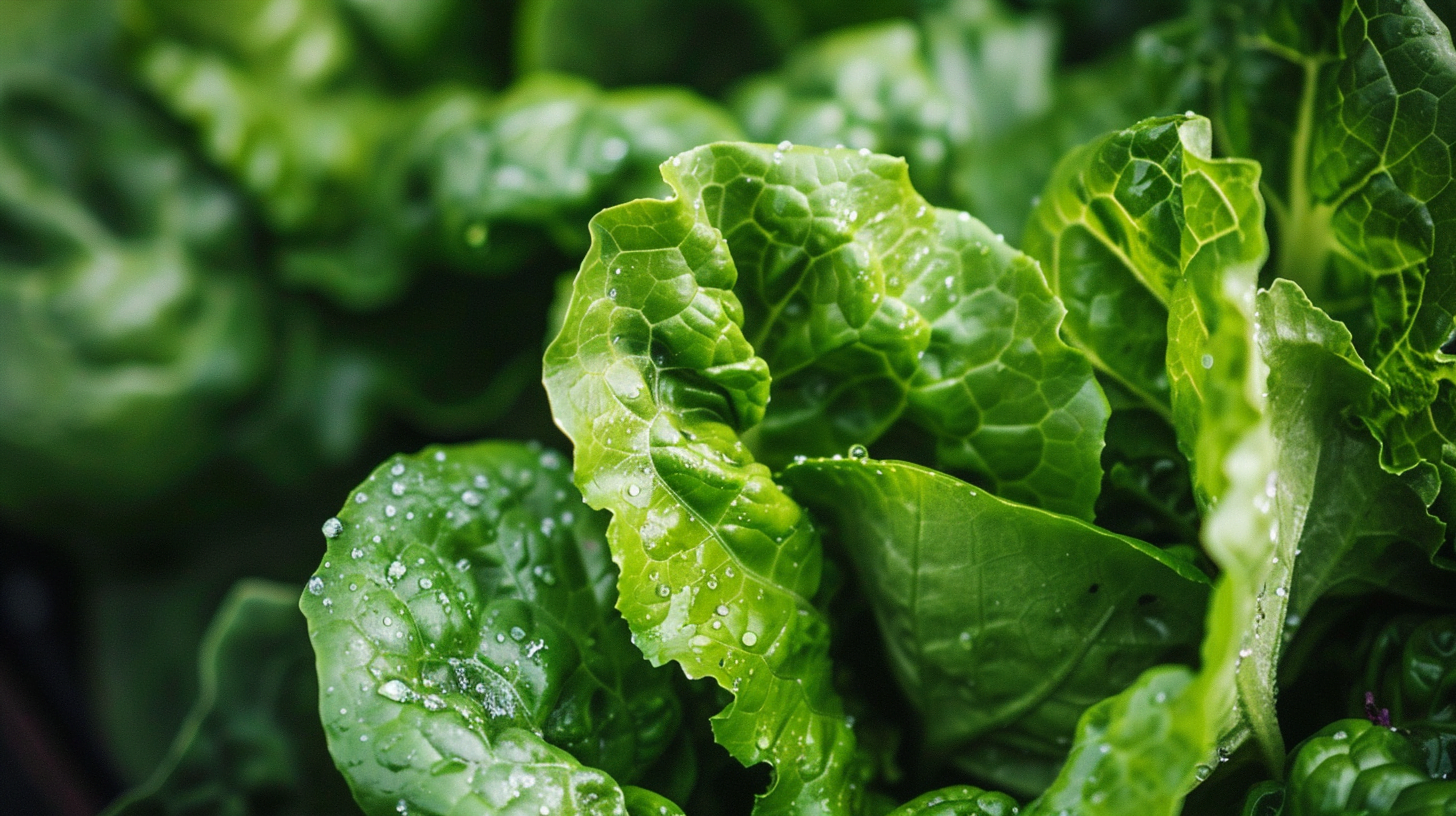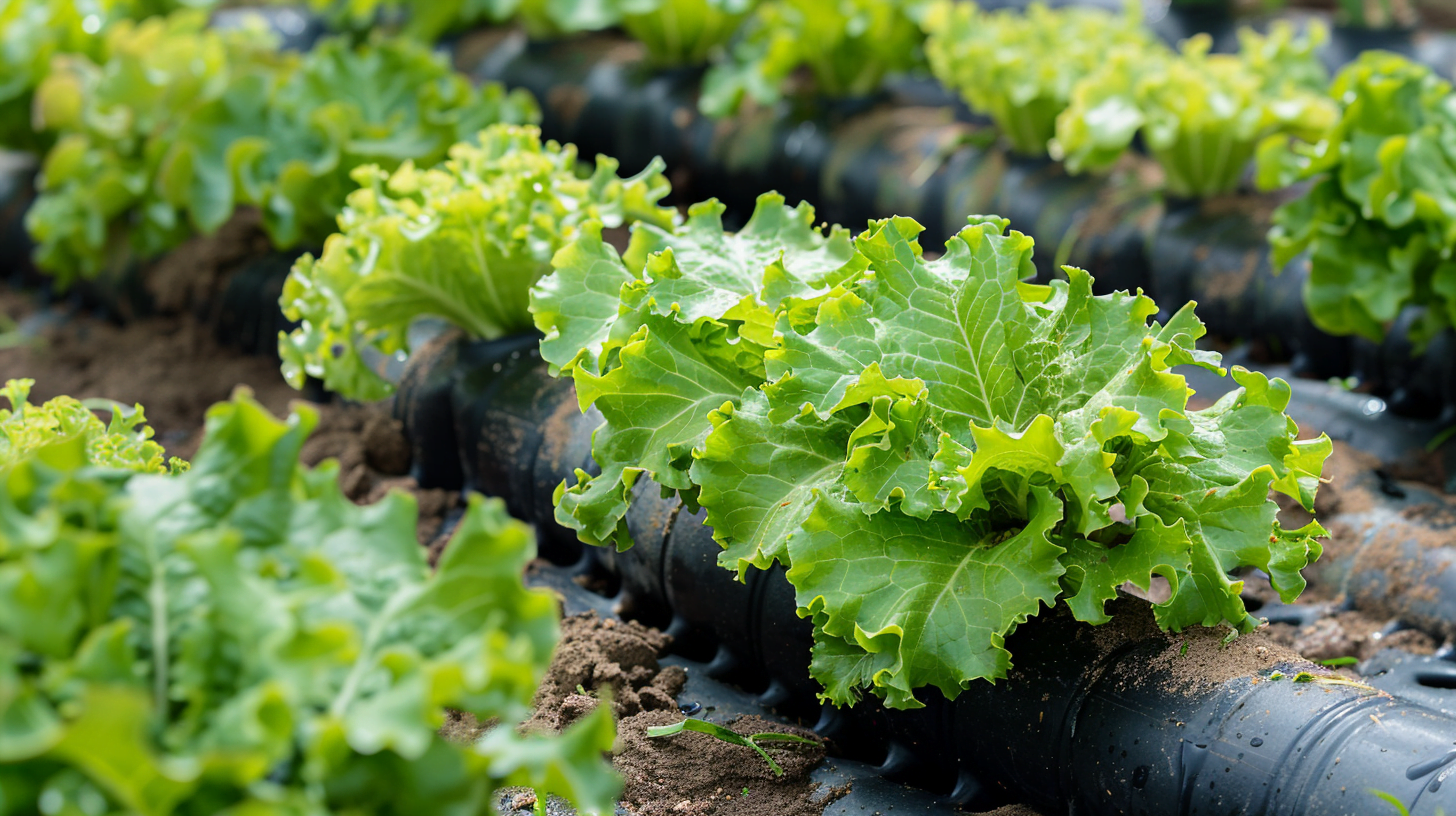Table of Contents
Hydroponics has revolutionized the way we grow plants, offering a soil-free alternative that’s efficient, clean, and perfect for urban environments. But not all plants thrive in these water-based systems. If you’re wondering what are three plants that are not recommended for hydroponics, you’ve come to the right place. Let’s dive into the world of hydroponics and explore which plants you might want to skip in your hydroponic setup.
Understanding Hydroponics: The Basics
Before we jump into the plants to avoid, let’s quickly recap what hydroponics is all about. Hydroponics is a method of growing plants without soil, using nutrient-rich water instead. This technique offers several advantages:
- Faster growth rates
- Higher yields
- Water efficiency
- Year-round growing potential
- Reduced pest and disease issues
Common hydroponic systems include:
- Deep Water Culture (DWC)
- Nutrient Film Technique (NFT)
- Ebb and Flow (Flood and Drain)
- Aeroponics
- Drip Systems
Each system has its strengths, but they all share the core principle of delivering nutrients directly to plant roots through water.
Factors That Make Plants Unsuitable for Hydroponics
Not all plants are created equal when it comes to hydroponic cultivation. Several factors can make a plant a poor candidate for water-based growing:
- Root system requirements: Some plants need extensive root systems that are hard to accommodate in hydroponic setups.
- Growth patterns and space needs: Tall or sprawling plants may outgrow typical hydroponic systems.
- Nutrient uptake and sensitivity: Certain plants are finicky about their nutrient balance, making them challenging to manage hydroponically.
- Pollination requirements: Plants that rely heavily on wind or insect pollination can struggle in indoor hydroponic environments.
Now, let’s explore three specific plants that are generally not recommended for hydroponics.
What Are Three Plants That Are Not Recommended for Hydroponics?
1. Root Vegetables (e.g., Carrots and Potatoes)
Root vegetables like carrots and potatoes are prime examples of plants that don’t play well with hydroponics. Here’s why:
- Limited root space: Hydroponic systems typically don’t provide the depth and space these veggies need to develop properly.
- Light exposure issues: The edible parts grow underground in nature, making it challenging to replicate ideal growing conditions.
- Nutrient imbalances: Root veggies are sensitive to nutrient concentrations, and it’s tricky to maintain the right balance in water.
For carrots specifically:
- They require loose, deep medium to form straight roots.
- The lack of resistance in hydroponic solutions can lead to misshapen carrots.
Potatoes face similar challenges:
- They need space to form tubers, which is limited in most hydroponic setups.
- The constant moisture can lead to disease issues like root rot.
While it’s not impossible to grow root vegetables hydroponically, the effort often outweighs the benefits for most home growers.
2. Corn
Corn is another plant that’s best left out of your hydroponic garden. Here’s why corn and hydroponics don’t mix well:
- Height and support: Corn grows tall and needs substantial support, which can be difficult to provide in many hydroponic systems.
- Nutrient demands: Corn is a heavy feeder and requires a delicate balance of nutrients that’s challenging to maintain in water-based systems.
- Pollination problems: Corn relies on wind for pollination, which is often lacking in indoor hydroponic setups.
- Space inefficiency: The yield-to-space ratio for corn in hydroponics is generally poor compared to other crops.
One of the biggest issues corn faces in hydroponics is calcium deficiency. This table illustrates the nutrient requirements of corn compared to a typical hydroponic nutrient solution:
| Nutrient | Corn Requirement | Typical Hydroponic Solution |
|---|---|---|
| Nitrogen | High | Moderate |
| Phosphorus | Moderate | Moderate |
| Potassium | High | Moderate |
| Calcium | High | Low to Moderate |
| Magnesium | Moderate | Low to Moderate |
As you can see, corn’s high calcium needs are often not met in standard hydroponic nutrient mixes, leading to deficiencies and poor growth.
3. Large Fruit Trees (e.g., Apple and Oak Trees)
It might seem obvious, but it’s worth mentioning that large fruit trees like apples or massive shade trees like oaks are not suitable for hydroponics. Here’s why:
- Massive root systems: These trees develop extensive root networks that simply won’t fit in most hydroponic setups.
- Nutrient management: Balancing nutrients for such large plants over long periods is extremely challenging.
- Support and stability: Providing adequate support for a full-sized tree in a water-based system is nearly impossible.
- Space requirements: Most hydroponic systems are designed for smaller plants, not trees that can grow dozens of feet tall.
While dwarf fruit trees might be possible in very large, custom hydroponic setups, the typical home hydroponic gardener should steer clear of trees altogether.
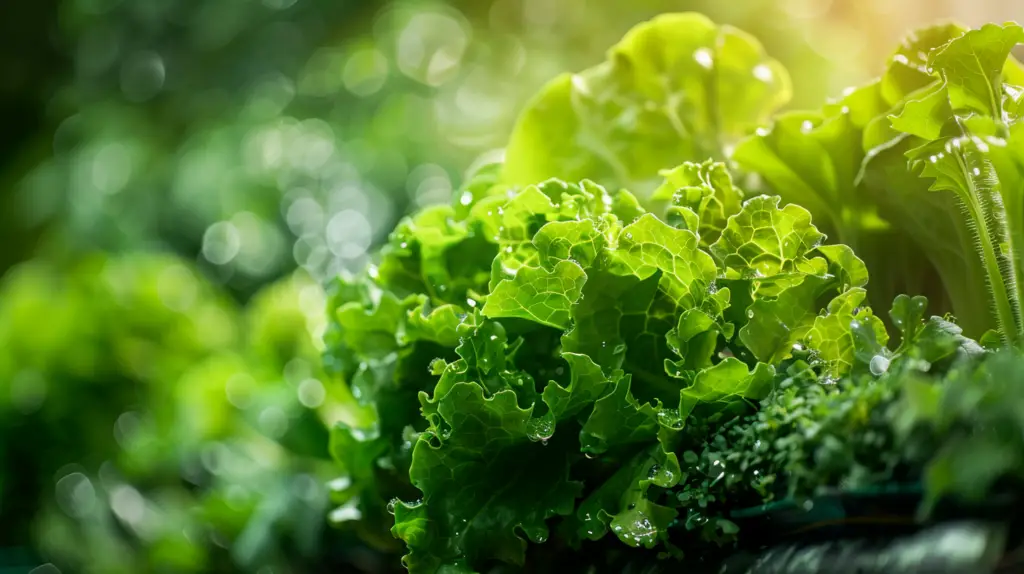
Alternatives to These Plants in Hydroponic Systems
Don’t let these limitations discourage you! There are plenty of plants that thrive in hydroponic systems. Here are some great alternatives:
Vegetables:
- Lettuce
- Spinach
- Kale
- Tomatoes
- Peppers
- Cucumbers
Fruits:
- Strawberries
- Blueberries (dwarf varieties)
- Melons (with proper support)
Herbs:
- Basil
- Mint
- Cilantro
- Parsley
- Oregano
These plants not only grow well hydroponically but often produce higher yields than their soil-grown counterparts.
Tips for Choosing Plants for Your Hydroponic Garden
When selecting plants for your hydroponic system, keep these tips in mind:
- Research plant requirements: Understand the specific needs of each plant you’re considering.
- Consider your system type: Some plants do better in certain hydroponic systems than others.
- Balance difficulty with desired outcomes: Start with easier plants and work your way up to more challenging ones.
- Think about space efficiency: Choose plants that give you the best yield for the space they occupy.
- Plan for pollination: If growing fruiting plants, have a plan for pollination in indoor environments.
Common Mistakes to Avoid When Selecting Plants for Hydroponics
As you plan your hydroponic garden, be sure to avoid these common pitfalls:
- Ignoring plant size at maturity: Always account for how large a plant will grow, not just its current size.
- Overlooking pollination needs: Remember that some plants need help with pollination in indoor environments.
- Underestimating nutrient requirements: Different plants have different nutritional needs. Be prepared to adjust your nutrient solution accordingly.
- Choosing plants incompatible with your climate: Even indoor hydroponic systems can be affected by external temperatures and humidity.
The Future of Hydroponics: Overcoming Plant Limitations
While we’ve focused on plants that aren’t recommended for hydroponics, it’s exciting to note that the field is constantly evolving. Researchers and innovators are working on ways to grow an ever-wider variety of plants hydroponically. Some areas of development include:
- Advanced nutrient delivery systems: These could help manage the complex nutritional needs of plants like corn.
- Vertical farming techniques: These might make it possible to grow larger plants more efficiently.
- Artificial pollination methods: These could solve pollination issues for plants that rely on wind or insects.
As technology advances, we may see solutions that allow us to grow even the most challenging plants in hydroponic systems.
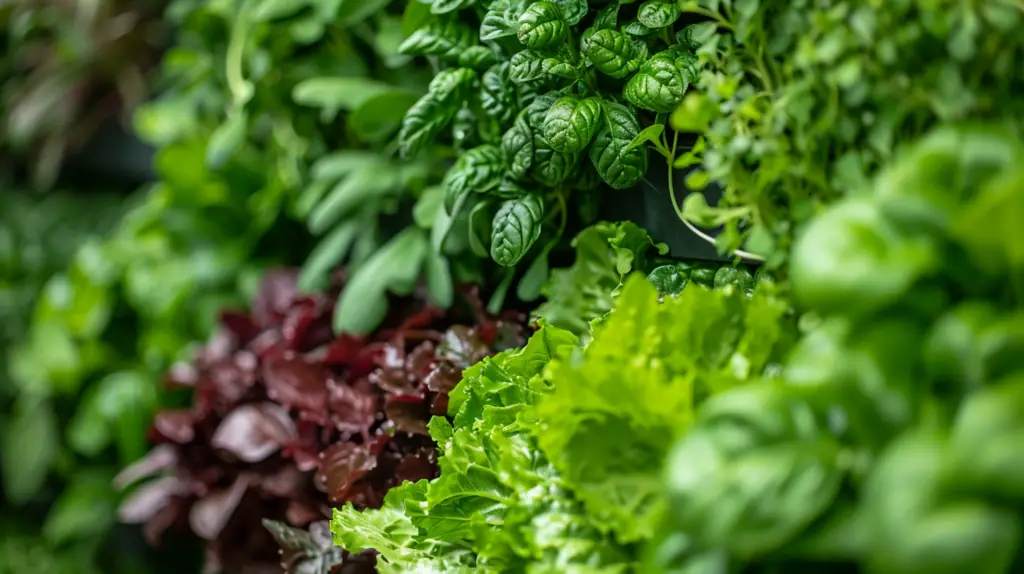
Conclusion
While hydroponics offers an innovative way to grow many plants, it’s not suitable for everything. Root vegetables, corn, and large trees are three examples of plants that are not recommended for hydroponics due to their specific growth requirements and challenges in water-based systems.
However, don’t let this discourage you from exploring the world of hydroponics. There are countless other plants that thrive in these systems, offering bountiful harvests and the joy of soil-free gardening. By choosing the right plants and understanding their needs, you can create a thriving hydroponic garden that produces fresh, healthy produce year-round.
Remember, the key to success in hydroponics is knowledge and experimentation. So go ahead, get your feet wet (pun intended), and discover the amazing potential of hydroponic gardening!
